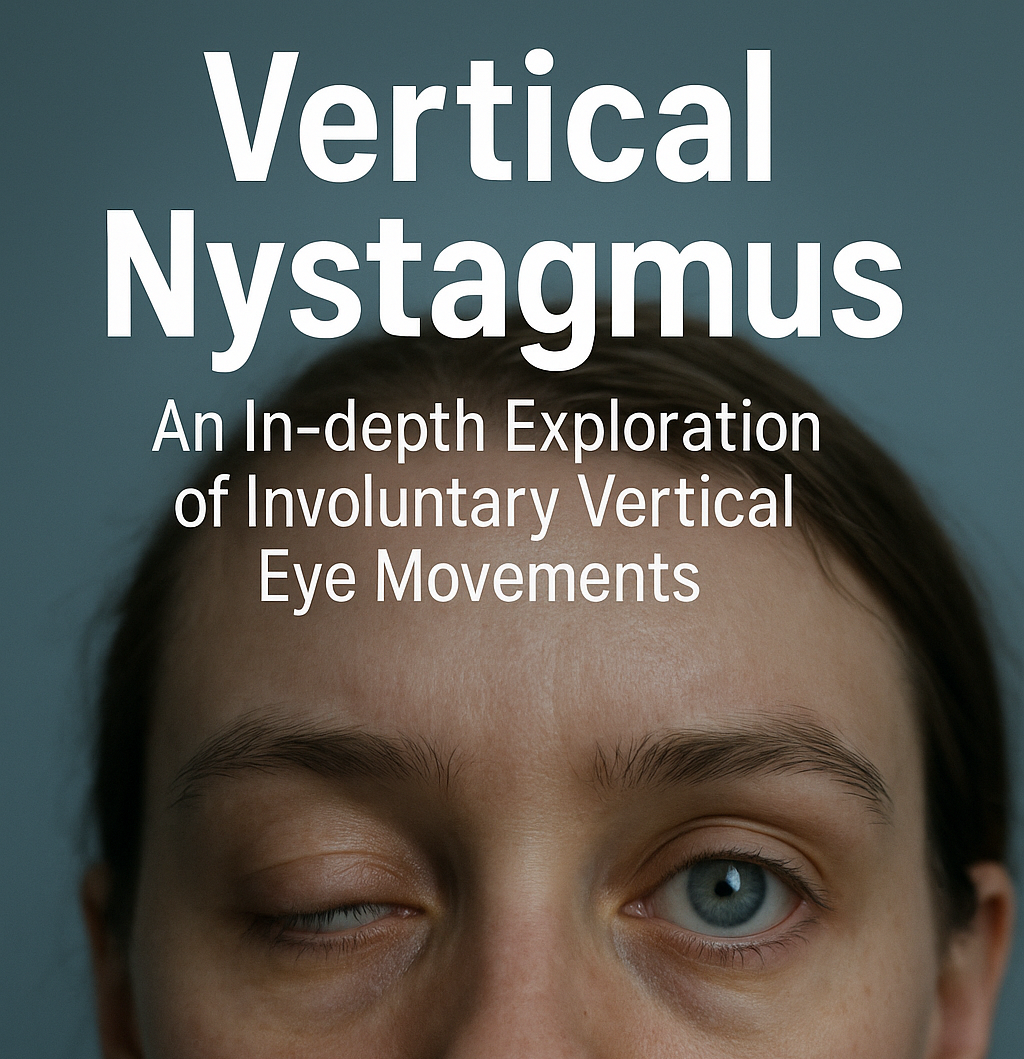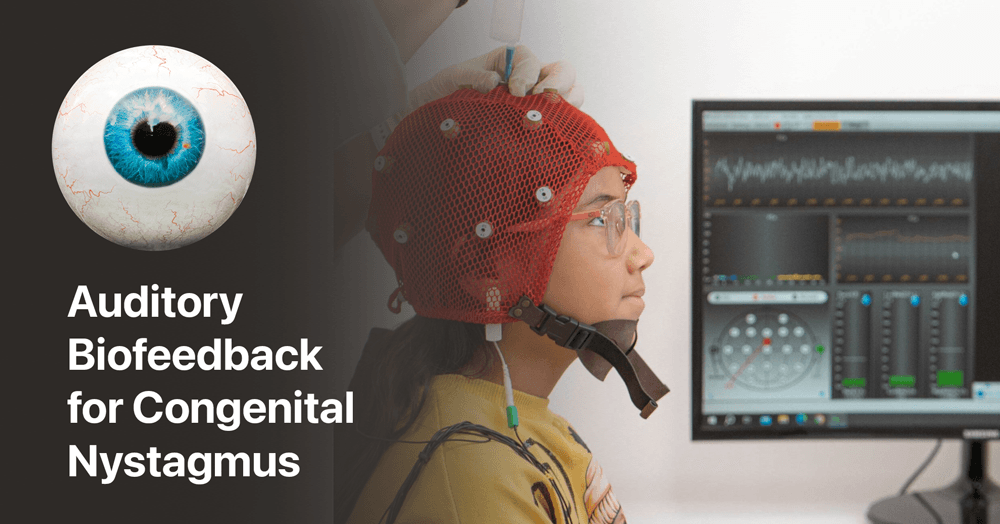
Horizontal Nystagmus: Causes, Symptoms, and Treatment in 2024
Horizontal nystagmus is a complex eye condition that affects thousands of individuals worldwide. As we delve into the intricacies of this disorder in 2024, it’s crucial to understand its causes, symptoms, and the latest treatment options available. This comprehensive guide will provide you with up-to-date information on horizontal nystagmus, empowering you to make informed decisions about your eye health.
What is Horizontal Nystagmus? Understanding the Basics
Horizontal nystagmus is a specific type of eye movement disorder characterized by involuntary, rhythmic oscillations of the eyes in a horizontal direction. These movements can be constant or occur in episodes, and they often result in visual disturbances and balance issues. Unlike vertical or torsional nystagmus, horizontal nystagmus involves side-to-side eye movements, which can vary in speed and amplitude.
Common Causes: From Genetics to Neurological Conditions
The causes of horizontal nystagmus are diverse and can be categorized into congenital and acquired forms:
- Congenital causes:
- Genetic mutations (e.g., FRMD7 gene)
- Albinism
- Leber congenital amaurosis
- Optic nerve hypoplasia
- Acquired causes:
- Neurological disorders (e.g., multiple sclerosis, brain tumors)
- Vestibular system disorders
- Certain medications
- Alcohol or drug intoxication
- Head trauma
- Vitamin B12 deficiency
Understanding the underlying cause is crucial for effective management and treatment of horizontal nystagmus.
Recognizing Horizontal Nystagmus: Key Symptoms and Diagnostic Criteria
Symptoms of horizontal nystagmus can vary but often include:
- Oscillopsia (a perception that the environment is moving)
- Reduced visual acuity
- Balance problems and dizziness
- Head tilting or turning to compensate for vision issues
- Eye strain and fatigue
Doctors diagnose horizontal nystagmus based on these symptoms and through a series of specialized tests.
How is Horizontal Nystagmus Diagnosed? Advanced Testing Methods Explained
Diagnosis of horizontal nystagmus involves several sophisticated techniques:
- Comprehensive eye examination
- Electronystagmography (ENG) or videonystagmography (VNG)
- Magnetic Resonance Imaging (MRI) of the brain and inner ear
- Optical Coherence Tomography (OCT)
- Genetic testing for congenital forms
These tests help determine the type, severity, and underlying cause of horizontal nystagmus, guiding treatment decisions.
Treatment Options: Latest Advancements in 2024
Treatment for horizontal nystagmus has seen significant advancements in recent years. Current options include:
- Medications: Drugs like memantine, gabapentin, and baclofen can help reduce nystagmus intensity in some cases.
- Optical devices: Specialized contact lenses or glasses can help stabilize vision.
- Surgical interventions: Procedures like tenotomy and reattachment (T&R) surgery can improve visual function in certain types of nystagmus.
- Botulinum toxin injections: These can temporarily weaken eye muscles to reduce nystagmus movements.
- Vestibular rehabilitation: For nystagmus related to vestibular disorders, this therapy can improve balance and reduce symptoms.
- Emerging therapies: Research into gene therapies and brain stimulation techniques shows promise for future treatments.
Coping Strategies and Lifestyle Adjustments
Managing horizontal nystagmus often requires lifestyle adjustments:
- Using assistive technologies for reading and computer use
- Adopting specific head positions to find the “null point” where nystagmus is minimized
- Practicing relaxation techniques to reduce stress-induced symptom exacerbation
- Joining support groups to connect with others facing similar challenges
Horizontal vs. Vertical Nystagmus: Understanding the Differences
While horizontal nystagmus involves side-to-side eye movements, vertical nystagmus causes up-and-down eye movements. The distinction is important because:
- Horizontal nystagmus is more common and often congenital
- Vertical nystagmus is typically acquired and may indicate more serious underlying conditions
- Treatment approaches can differ based on the type of nystagmus
Can Horizontal Nystagmus Be Prevented? Expert Insights and Recommendations
While congenital horizontal nystagmus cannot be prevented, steps can be taken to reduce the risk of acquired forms:
- Maintaining a healthy lifestyle to prevent neurological disorders
- Avoiding excessive alcohol consumption
- Using protective gear to prevent head injuries
- Ensuring adequate vitamin B12 intake
Regular eye check-ups can also help in early detection and management of nystagmus.
Horizontal Nystagmus in Children: Special Considerations and Management Techniques
Childhood horizontal nystagmus presents unique challenges:
- Early intervention is crucial for optimal visual development
- Educational accommodations may be necessary
- Regular monitoring is important as the condition can change with growth
- Psychological support should be considered to address self-esteem issues
Pediatric ophthalmologists play a key role in managing childhood nystagmus.
Stay Informed with “The Nystagmus Book”
If you’re looking to deepen your understanding of nystagmus and stay up-to-date with the latest research and management strategies, I invite you to check out my book, “The Nystagmus Book.” This comprehensive guide contains all the legitimate, up-to-date information about nystagmus as of 2024, including the most recent research findings and best practices for managing the condition.
In a world where misleading information about nystagmus is unfortunately common, “The Nystagmus Book” offers a reliable, science-based resource. It’s packed with practical tips, the latest treatment options, and insights from my 20+ years of research in the field. Whether you’re living with nystagmus, caring for someone who is, or simply want to learn more about this condition, this book is an invaluable resource.




